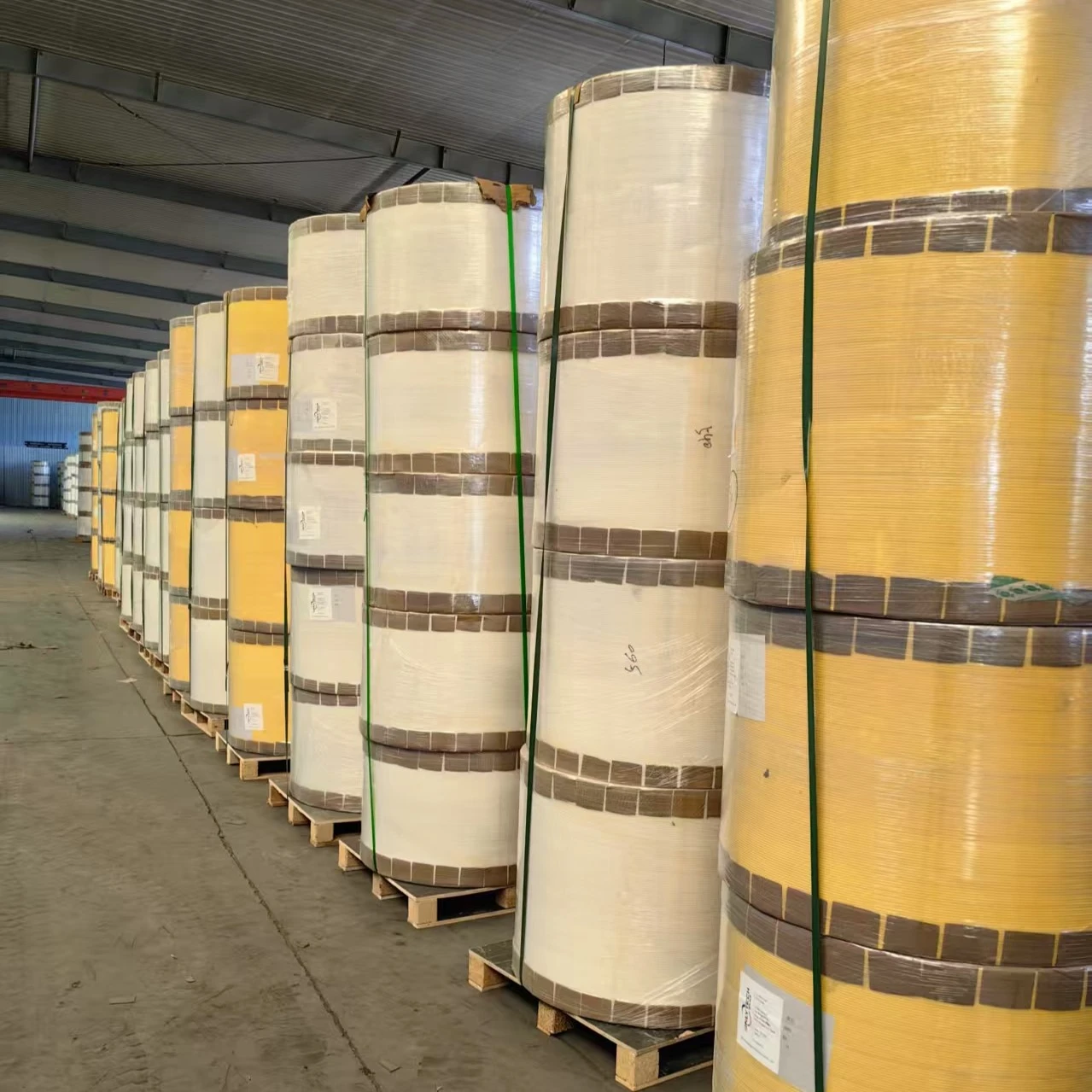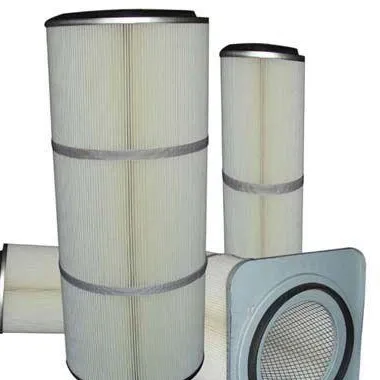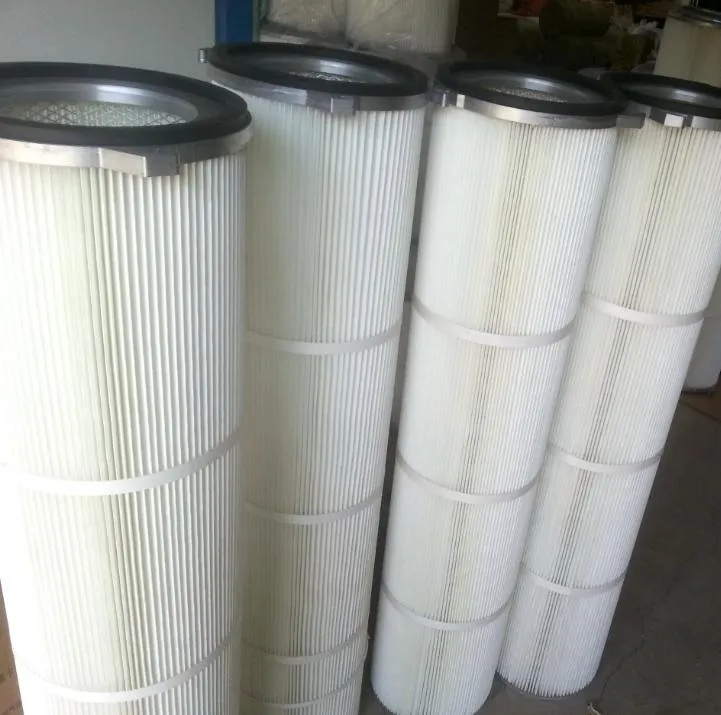 Tel:
+8615930870079
Tel:
+8615930870079
cze . 08, 2025 13:28 Back to list
HEPA Air Cartridge Filters High Efficiency & Low Air-Cloth Ratio
- Core technology advantages of modern cartridge filters
- Critical performance metrics and operational considerations
- Comparative analysis of industry-leading manufacturers
- HS code classifications and international trade compliance
- Specialized HEPA cartridge filter configurations
- Real-world application case studies with performance results
- Future developments in industrial filtration technology
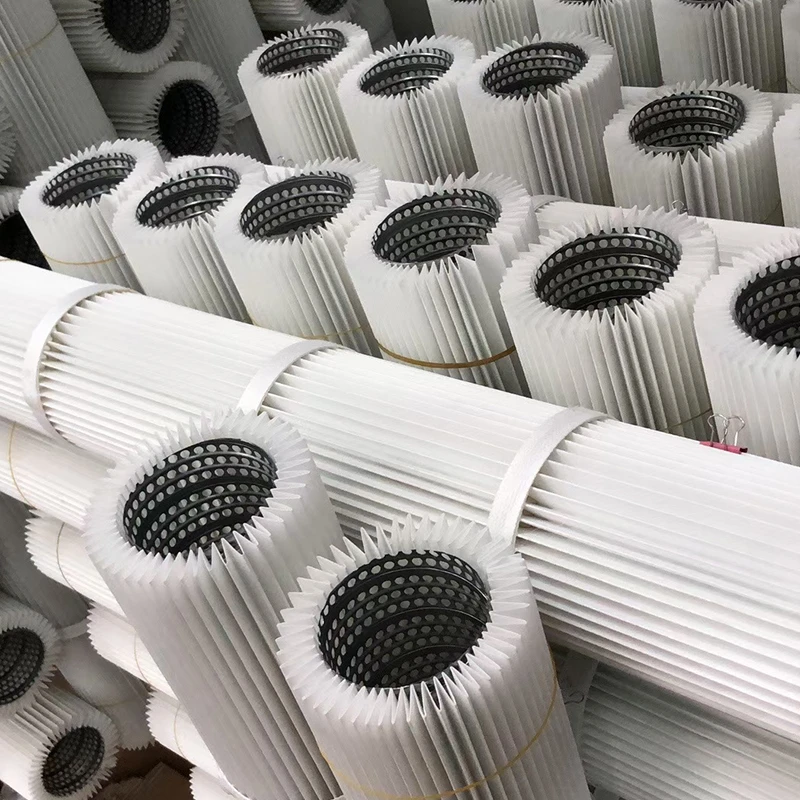
(air cartridge filter)
Understanding air cartridge filter
fundamentals in industrial settings
Contemporary air cartridge filters represent a technological leap in particulate control, delivering efficiency ratings exceeding 99.97% for particles down to 0.3 microns. These systems function through depth-loading mechanisms where contaminant particles become trapped throughout the filter medium rather than just on the surface. The pleated design increases surface area by 300-500% compared to traditional bag filters, significantly extending service intervals while maintaining lower differential pressure. Industrial facilities report 35-45% energy savings when upgrading to advanced cartridge systems due to reduced static pressure requirements.
Cartridge filters operate across diverse pressure ranges (5-150 PSI) and temperature thresholds (-40°F to 275°F), with specialized membrane coatings enabling applications in corrosive environments like chemical processing. The critical air to cloth ratio parameter—typically ranging from 3:1 to 6:1 CFM/ft²—directly influences particulate capture efficiency and dust cake formation characteristics. Maintenance frequency decreases by approximately 40% with optimized cartridge systems versus older fabric filter alternatives according to Department of Energy performance studies.
Technical specifications and performance benchmarks
Operational efficiency depends on precise alignment between filter specifications and process requirements. Industrial cartridge filters exhibit mean pore sizes from 5-40 microns, with nanofiber layered variants achieving 0.01 micron retention capacity. Standard configurations handle airflow volumes from 700-18,000 CFM, while industrial-grade housings withstand cyclical pressure differentials exceeding 75" w.g. during pulse-jet cleaning cycles. Material selection directly impacts longevity:
- Cellulose-polyester blends: 9-12 month service life in general manufacturing
- PTFE membrane laminates: 24-36 month operational lifespan in pharmaceutical applications
- Stainless steel reinforcement: Required for processes exceeding 250°F continuous operation
Standard testing protocols include ISO 16890 and ASHRAE 52.2 for initial and gravimetric efficiency validation. High-performance cartridges demonstrate less than 0.5% efficiency degradation after 10,000 cleaning pulses according to independent laboratory testing. Pressure drop directly correlates with filter loading—optimized designs limit increase to 0.2" w.g. per 0.001 lb/ft² dust load.
Manufacturer comparison and technical specifications
| Manufacturer | Efficiency Rating | Max Temperature | Air to Cloth Ratio | Service Life | MOQ |
|---|---|---|---|---|---|
| Global Filtration Solutions | 99.99% @ 0.3μm | 275°F | 6:1 CFM/ft² | 30 months | 50 units |
| Filtex International | 99.97% @ 0.5μm | 220°F | 4.5:1 CFM/ft² | 24 months | 100 units |
| PureAire Systems | 99.995% @ 0.1μm | 300°F | 5.2:1 CFM/ft² | 36 months | 20 units |
Material selection significantly influences performance metrics—polyester spunbond media delivers excellent moisture resistance for food processing applications, while PTFE membrane constructions provide chemical resistance in pharmaceutical manufacturing. The dominant cost factor remains filter longevity; premium membrane cartridges command 25-40% higher initial pricing but demonstrate 60% longer service intervals than standard cellulose alternatives.
Customization options and regulatory compliance
Custom engineered cartridge filters require precise HS code classification for international distribution. Primary classifications include:
- 842139 - Industrial filter elements for air (most common)
- 842131 - Intake air filters for internal combustion engines
- 842199 - Parts of filtering/purifying machinery
Manufacturers offer extensive diameter customizations ranging from 6" to 14" with varying pleat densities (16-40 pleats/inch). Connection options incorporate European DIN norms, American ASME standards, or proprietary flange systems. Specialty configurations include fire-retardant treatments meeting NFPA 701 standards, conductive media for explosive dust environments, and FDA-compliant materials using USP Class VI polymers for pharmaceutical applications. Lead times for custom orders average 6-8 weeks with expedited options available at 20-25% premium pricing.
Advanced HEPA cartridge filter applications
HEPA-grade cartridge filters deliver 99.97-99.995% efficiency at 0.3 microns, constructed using boron-free microglass media achieving minimal resistance increases during service. Critical applications include semiconductor cleanrooms requiring ISO Class 5 environments where cartridges demonstrate 5-year continuous service without efficiency degradation. Recent improvements incorporate ULPA-grade (U15 classification) filtration with 99.9995% efficiency at 0.12 micron particle size.
Pharmaceutical installations utilize HEPA cartridges in negative pressure isolation rooms, where validated performance must meet ISO 14644-3 testing protocols. These specialized cartridges feature gas-tight sealing compounds and aluminum separators ensuring zero media bypass. Life science facilities report contamination reductions exceeding 95% when upgrading to advanced HEPA cartridge arrays compared to standard panel filter configurations.
Industrial application performance results
Automotive painting facilities implementing optimized cartridge systems achieved 95% reduction in overspray waste, decreasing solvent consumption by 1.2 million gallons annually per production line. Cement plants utilizing pulse-jet cleaned cartridge filters report stack emissions below 10 mg/Nm³ at air to cloth ratios of 3.8:1, exceeding EPA particulate matter requirements. Metalworking operations documented 30% maintenance cost reductions through extended change intervals with nanofiber-coated cartridge media.
Controlled testing in wood processing facilities showed cartridge filters maintaining 0.8-1.2" w.g. pressure differential versus 3.5-4" w.g. in equivalent baghouse installations. This differential translates to 45% lower energy consumption for air-moving equipment. Semiconductor manufacturers report particle counts below 0.1 particles/ft³ at 0.3 microns using HEPA cartridge arrays with stainless steel housings.
Advancements in air cartridge filter technology
Next-generation filtration incorporates graphene-enhanced membranes demonstrating 40% lower resistance while maintaining particulate capture efficiency above 99.99%. Industry research is focused on developing "intelligent" cartridges featuring embedded sensors that monitor pressure differentials and particulate loading, predicting maintenance requirements with 95% accuracy. These systems integrate with IIoT platforms to provide real-time filter performance analytics.
Manufacturers are now creating multi-functional filters that simultaneously capture airborne particulates and neutralize gaseous contaminants through catalytic oxidation coatings. Emerging sustainable technologies utilize biodegradable filter media derived from plant polymers that maintain operational integrity for 18-month service cycles. Facilities implementing advanced cartridge systems can anticipate 30% reduced total cost of ownership over five-year operational periods based on projected industry adoption rates.
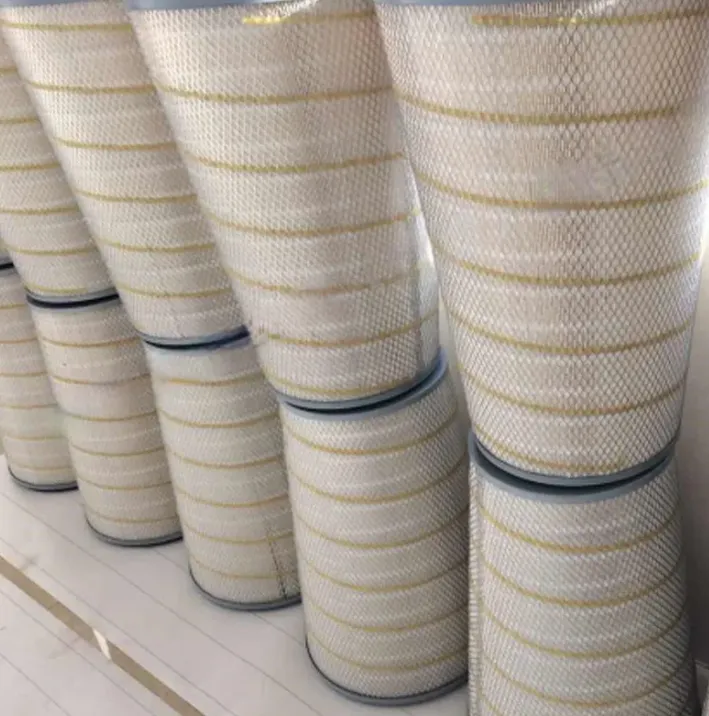
(air cartridge filter)
FAQS on air cartridge filter
Q: What is an air cartridge filter?
A: An air cartridge filter is a cylindrical filtration unit designed to remove contaminants from industrial air streams. It features pleated media for high dust-holding capacity, commonly used in manufacturing and HVAC systems. These filters protect equipment and improve air quality efficiently.
Q: What is the HS code for air filter cartridges?
A: The Harmonized System (HS) code for air filter cartridges is typically 842139. This classification covers industrial filtration devices for gases. Confirm the exact code with local customs authorities as variations may exist based on materials and specifications.
Q: How effective is a HEPA air filter cartridge?
A: HEPA air filter cartridges capture 99.97% of particles at 0.3 microns, including allergens and microorganisms. They exceed standard cartridge efficiency with multi-layered borosilicate microfiber media. These cartridges are critical for sterile environments like labs and hospitals.
Q: Why is air-to-cloth ratio important for cartridge filters?
A: Air-to-cloth ratio measures airflow (CFM) per filter media area (ft²), directly impacting performance. Lower ratios (3:1-6:1) extend filter life and reduce pressure drop in dust collection. Proper ratio selection optimizes efficiency while preventing premature media wear.
Q: When should I replace air cartridge filters?
A: Replace when pressure drop exceeds manufacturer specifications or during scheduled maintenance (typically 1-2 years). Visible media damage or reduced airflow signals immediate replacement. Always follow operational guidelines to maintain system efficiency and compliance.
-
Types and Applications of Air Filtration CartridgesNewsJul.28,2025
-
The Role of Gas Turbine FiltersNewsJul.28,2025
-
Mastering Air Filter Cartridge UseNewsJul.28,2025
-
Advanced Turbine Filters for Modern Gas TurbinesNewsJul.28,2025
-
Cellulose Air Filter Cartridge Advantages in Dust FiltrationNewsJul.28,2025
-
Cellulose Filters for Air Particle ReductionNewsJul.28,2025

 Email:
Email:
